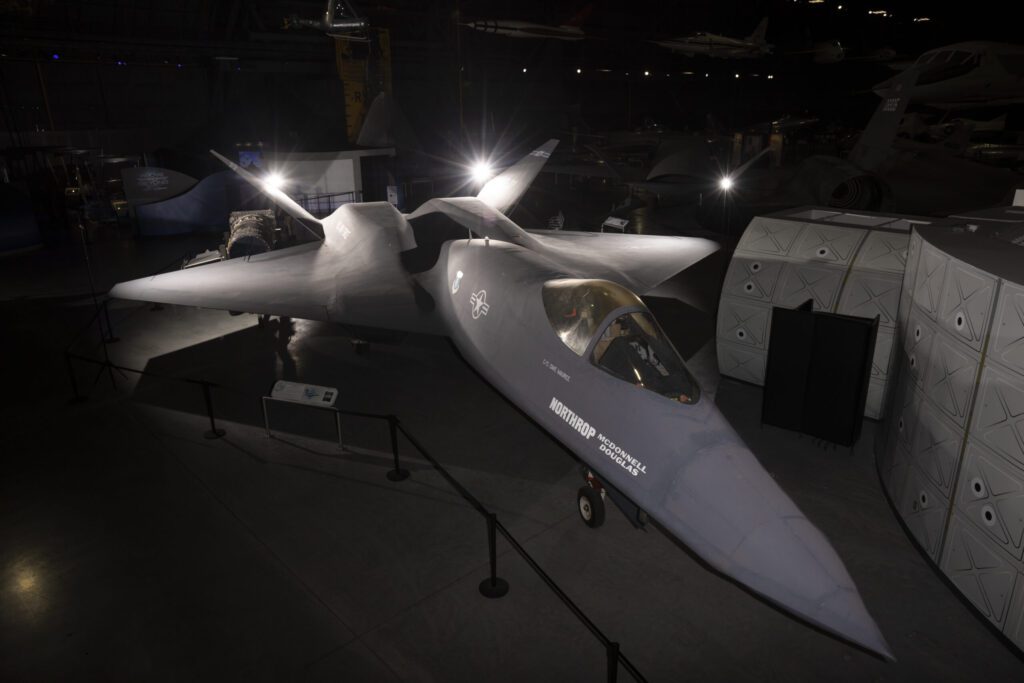Stealth technologies have long been a fascination in military and defense, going beyond the idea of rendering an object invisible to encompass a wide range of strategies and technologies. Throughout the centuries, advancements in radar and the need to counter radar detection led to the development of radar-absorbing materials. In the 1970s and 1980s, the United States took the concept of stealth to a new level with the development of the world’s first operational stealth aircraft, the Lockheed F-117 Nighthawk. Today, modern stealth technologies include advanced materials and coatings, shape and design, and electronic countermeasures. As the field of stealth continues to evolve, new developments and advancements are constantly being made to maintain the edge in stealth capabilities in modern warfare.
Stealth Technologies: Evolving Beyond Invisibility
Introduction to Stealth Technologies
Stealth technologies have long been the subject of fascination and speculation in the world of military and defense. The idea of being able to render an object, whether it be a vehicle, aircraft, or even a soldier, invisible to the naked eye has been a staple of science fiction and fantasy for decades. However, the reality of stealth technologies goes beyond simply achieving invisibility. The development of stealth technologies has evolved to encompass a wide range of strategies and technologies designed to make objects and individuals more difficult to detect and track by radar, infrared sensors, and other detection systems.
In this article, we will explore the evolution of stealth technologies and the various strategies and technologies that are being used to achieve stealth in modern military and defense applications.
The Evolution of Stealth Technologies
The concept of stealth has been of interest to military strategists and engineers for centuries, as the ability to move undetected and surprise the enemy has always been a key element of warfare. The first major leap forward in stealth technologies came with the development of radar during World War II. Radar systems allowed military forces to detect and track enemy aircraft from a distance, giving them a significant advantage in terms of early warning and interception.
The development of radar quickly led to the need for technologies and strategies to counter radar detection. This led to the development of stealth technologies such as radar-absorbing materials, which are designed to absorb and dissipate the energy from radar waves, making it more difficult for radar systems to detect and track the object.
In the 1970s and 1980s, the United States took the concept of stealth to a new level with the development of the Lockheed F-117 Nighthawk, the world’s first operational stealth aircraft. The F-117 employed a range of advanced stealth technologies, including carefully designed surfaces and angles to minimize radar reflection, as well as radar-absorbing materials and coatings. The success of the F-117 paved the way for the development of other advanced stealth aircraft, such as the B-2 Spirit and the F-22 Raptor, as well as stealth technologies for ground vehicles, ships, and even individual soldiers.
Modern Stealth Technologies
Today, the concept of stealth has expanded beyond simply avoiding detection by radar. Modern stealth technologies encompass a wide range of strategies and technologies designed to make objects and individuals more difficult to detect and track by a variety of sensors and detection systems. These technologies include:
Advanced materials and coatings: Modern stealth technologies make use of advanced materials and coatings that are designed to minimize radar reflection, absorb and dissipate radar energy, and reduce infrared signatures. These materials and coatings are used on aircraft, vehicles, and even individual soldier uniforms to make them more difficult to detect by radar and other sensors.
Shape and design: The design of an object plays a critical role in its stealth capabilities. Carefully designed shapes and surfaces can minimize radar reflection and reduce infrared signatures, making the object more difficult to detect. This is especially important in the design of aircraft, where stealth is a critical factor in survivability.
Electronic countermeasures: Electronic countermeasures, such as jamming and deception systems, are used to disrupt and confuse enemy sensors and detection systems. These systems can be employed both on individual vehicles and aircraft, as well as on a larger scale to protect entire military formations.
Stealth technology is a continually evolving field, with new developments and advancements constantly being made. The rise of unmanned aerial vehicles (UAVs) and other advanced sensor technologies has led to new challenges and opportunities in the field of stealth, and researchers and engineers are continually working to develop new technologies and strategies to maintain the edge in stealth capabilities.
Conclusion
The concept of stealth has come a long way since the early days of radar detection, and modern stealth technologies have expanded to encompass a wide range of strategies and technologies designed to make objects and individuals more difficult to detect and track by a variety of sensors and detection systems. From advanced materials and coatings to electronic countermeasures, the field of stealth is continually evolving to meet the challenges of modern warfare. As new threats and technologies continue to emerge, the development of stealth technologies will remain a critical priority for military and defense organizations around the world.
